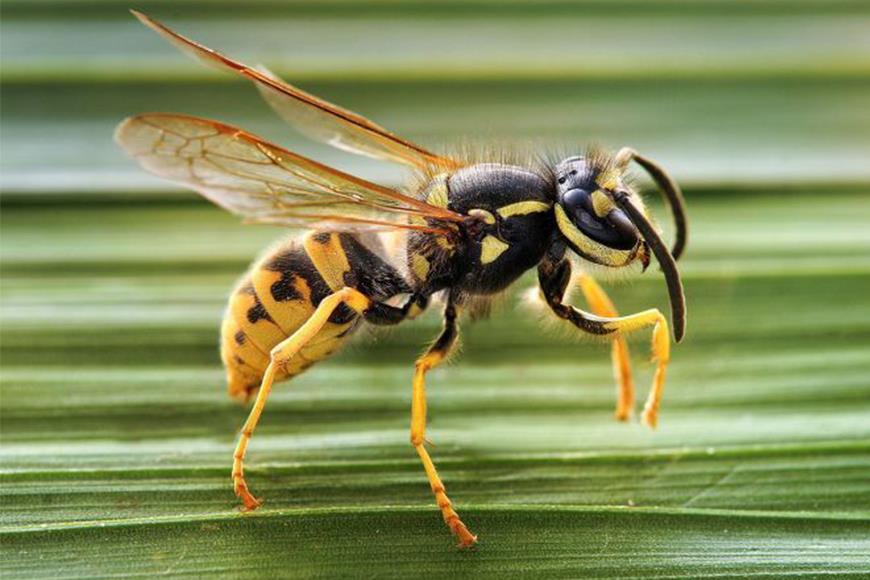Call out for help as European wasp numbers soar
The Department of Primary Industries and Regional Development are calling on residents and businesses to join efforts against the European wasp, following a spike in nest numbers across Perth.
The European wasp is considered one of the world’s worst wasp species. This pest has the potential to destroy our Western Australian lifestyle, which revolves around food-based and recreational outdoor activities. They are aggressive and scavenging, feeding on human food and drinks, as well as pet food. Their nests grow to as big as a basketball, or larger, housing thousands of hungry wasps.
European wasps are also an agricultural and environmental pest - they feed on soft fruits, rob beehives, predate on bees, insects and small animals, and unlike a bee will sting repeatedly.
The Department of Primary Industries and Regional Development reports that nest numbers are at their highest in 15 years, compared to the same time in previous years. So far this season, 127 nests have been located.
The Department has allocated more staff and resources to carry out surveillance and locate every nest before the season draws to a close at the end of June, including installation of additional traps. However, they are appealing to the public, community groups, agencies and organisations to look, report and where possible assist with the location of nests. In particular, help is needed in Mundaring, Kalamunda, Swan, Gosnells and Canning. Tracking wasps to nests in these parts is requiring more time and effort due to bushland and the difficult terrain.
This declared pest makes it way each year into WA from the eastern states, where it is well established. Over the past 42 years, the Department’s European wasp surveillance and eradication program has been able to locate and destroy most nests each year – keeping this pest from becoming permanently established in WA. Undetected nests can mature over winter and release many reproductive queens in spring, resulting in a more widespread problem.
How to spot a European wasp?
Success relies on collaboration between the public, businesses, industry and government. In particular, know what to look for and report unusual wasps to the department, even if unsure.
While European wasp looks similar to other insects, including the yellow paper wasp, it has distinctive characteristics that make it easily identifiable. Most notably, they are drawn to pet and human food, and there have been reports this year about European wasps being seen in lunchrooms and picnic areas. Other characteristics that differ from other wasps are their black antennae, shorter legs that are raised during flight, and flying in and out of a hole in the ground, due to most nests being hidden underground.
While it would be great for you to find a nest, do not attempt to destroy it. This will be done by the Department free of charge.
Enquiries and reports
Enquiries and reports of European wasps should be made to the Department’s Pest and Disease Information Service on 9368 3080, or via the MyPestGuideTM app or web page mypestguide.agric.wa.gov.au, or email padis@dpird.wa.gov.au.
More information about European wasps is available on the department’s website agric.wa.gov.au/wasps.

European wasps have black antennae and shorter legs that are raised during flight.
Contact us
- Phone 9474 0777

